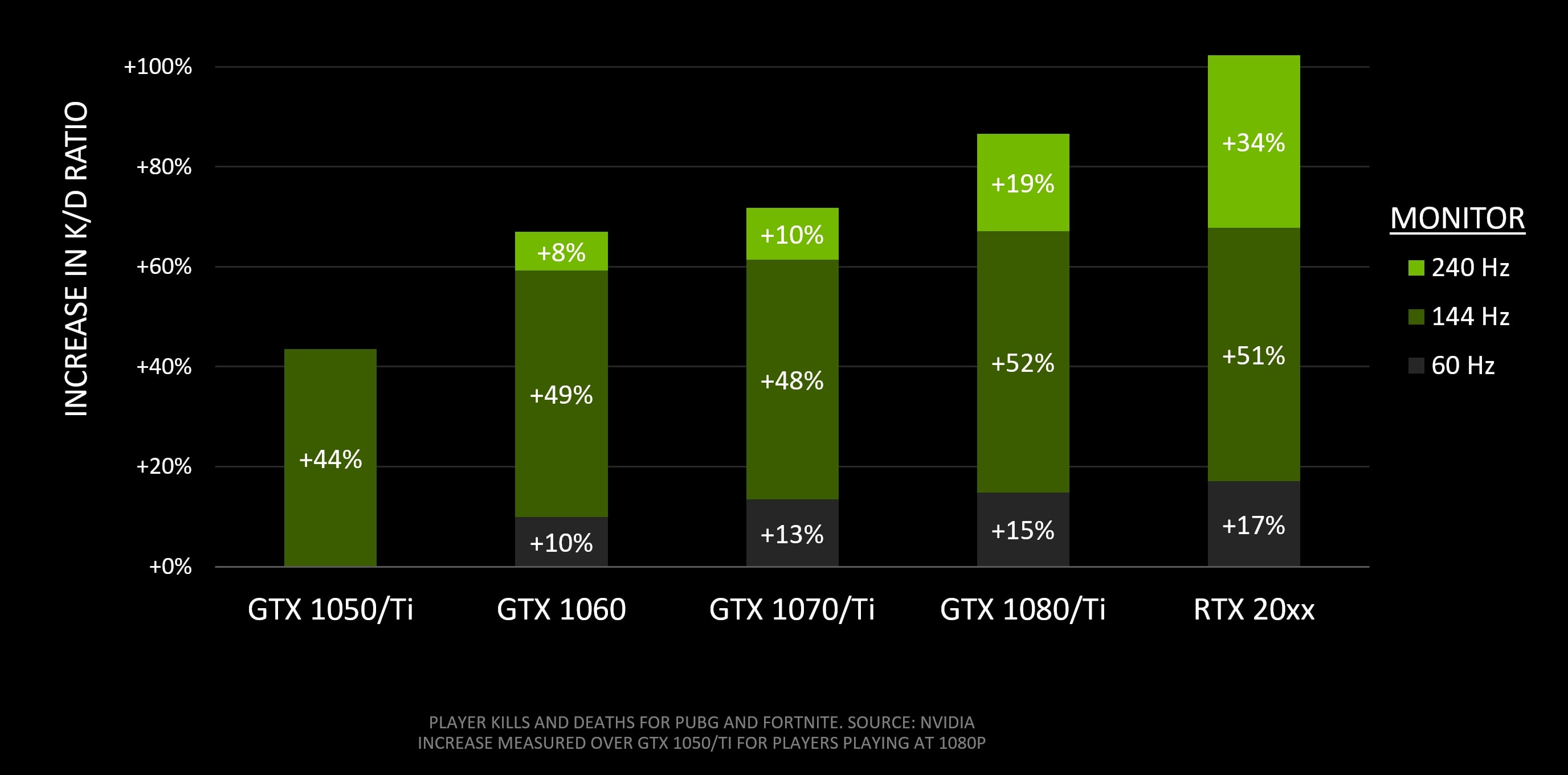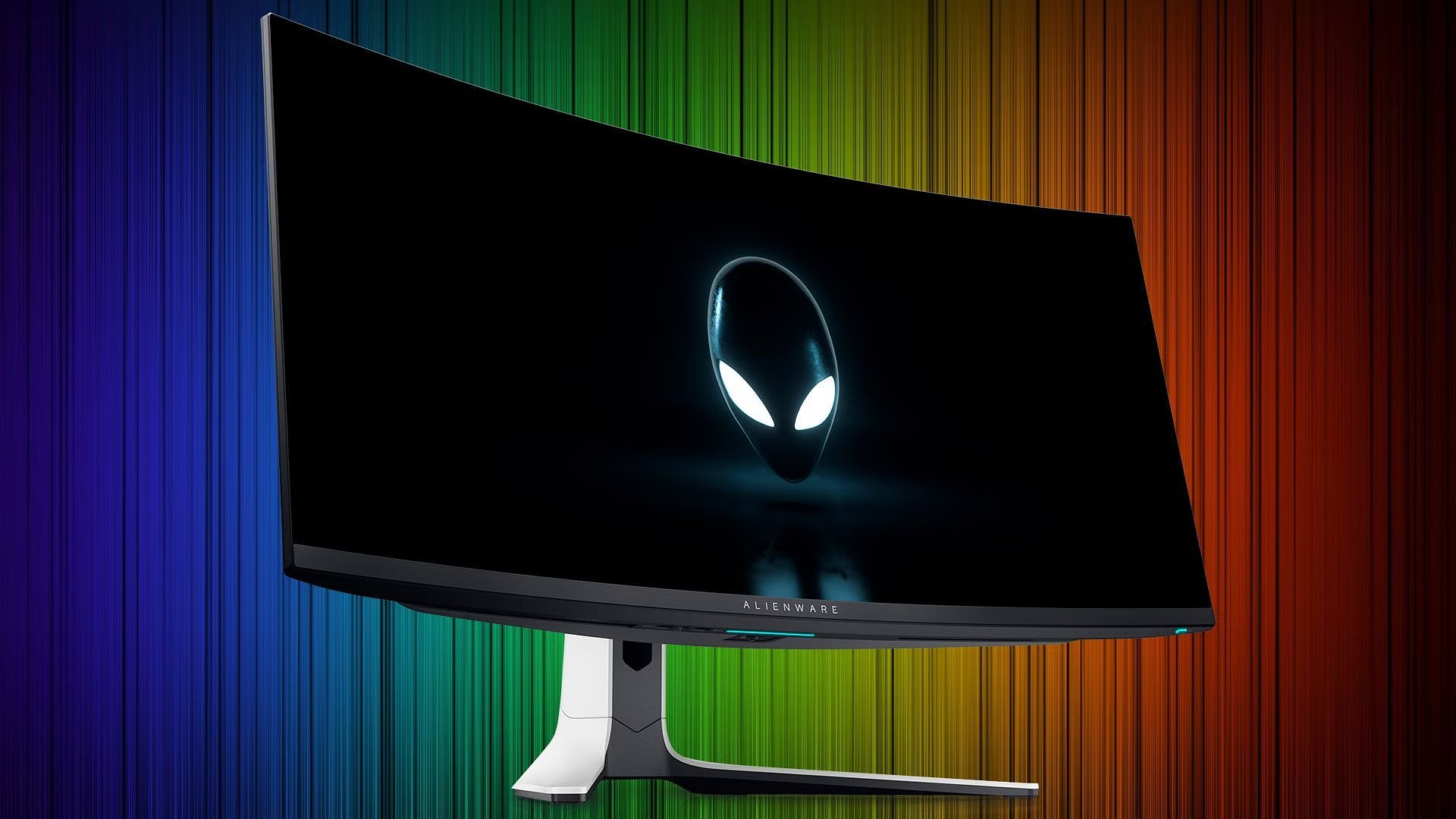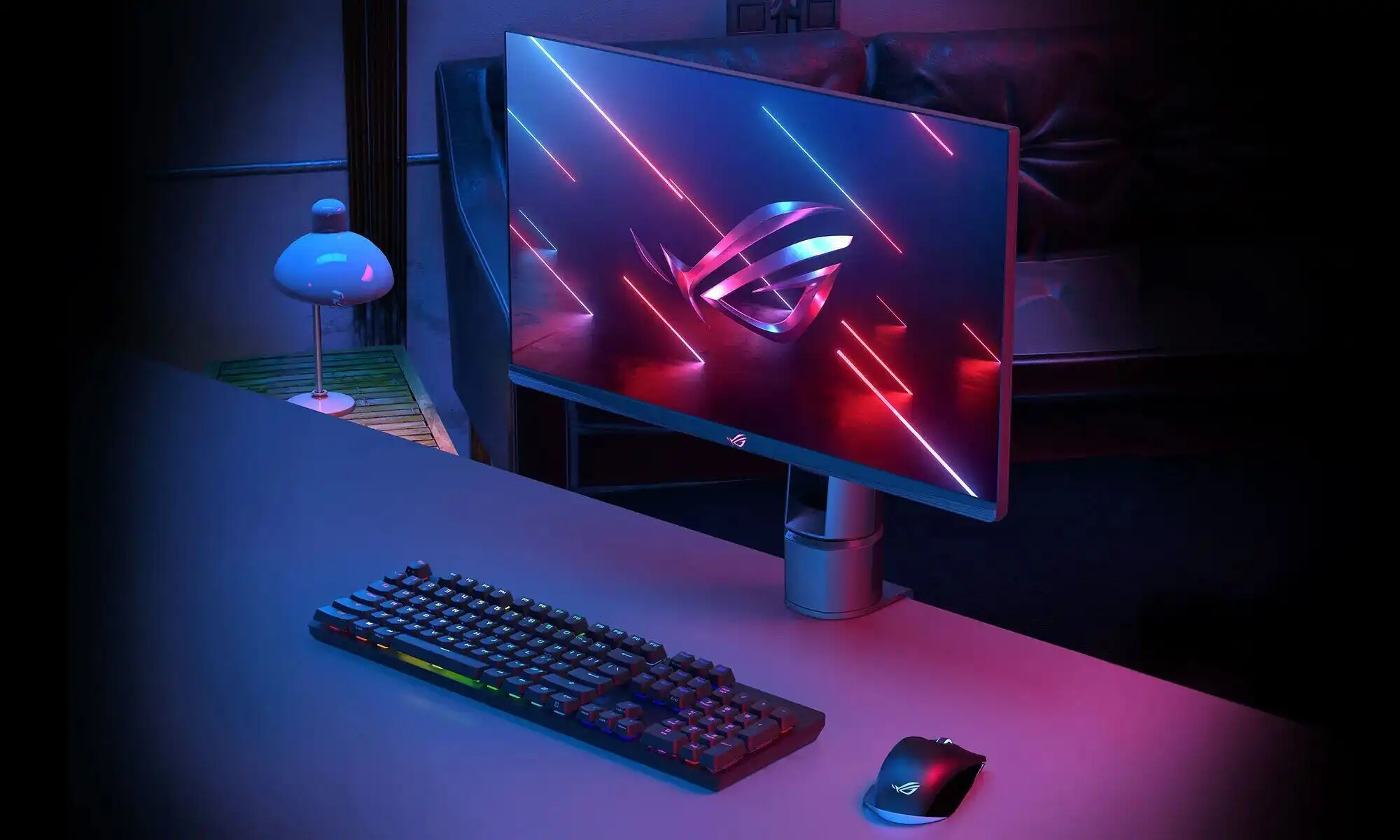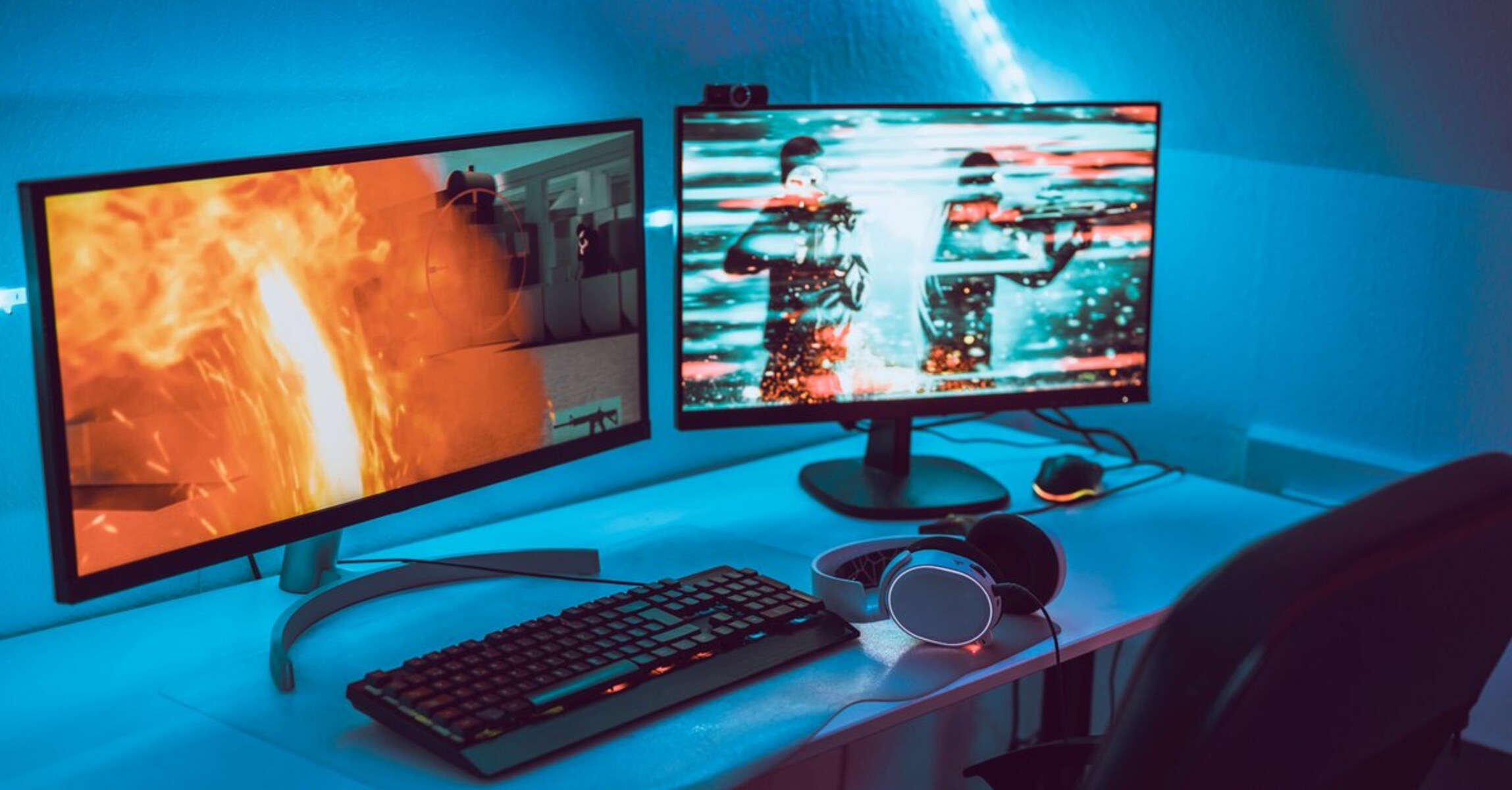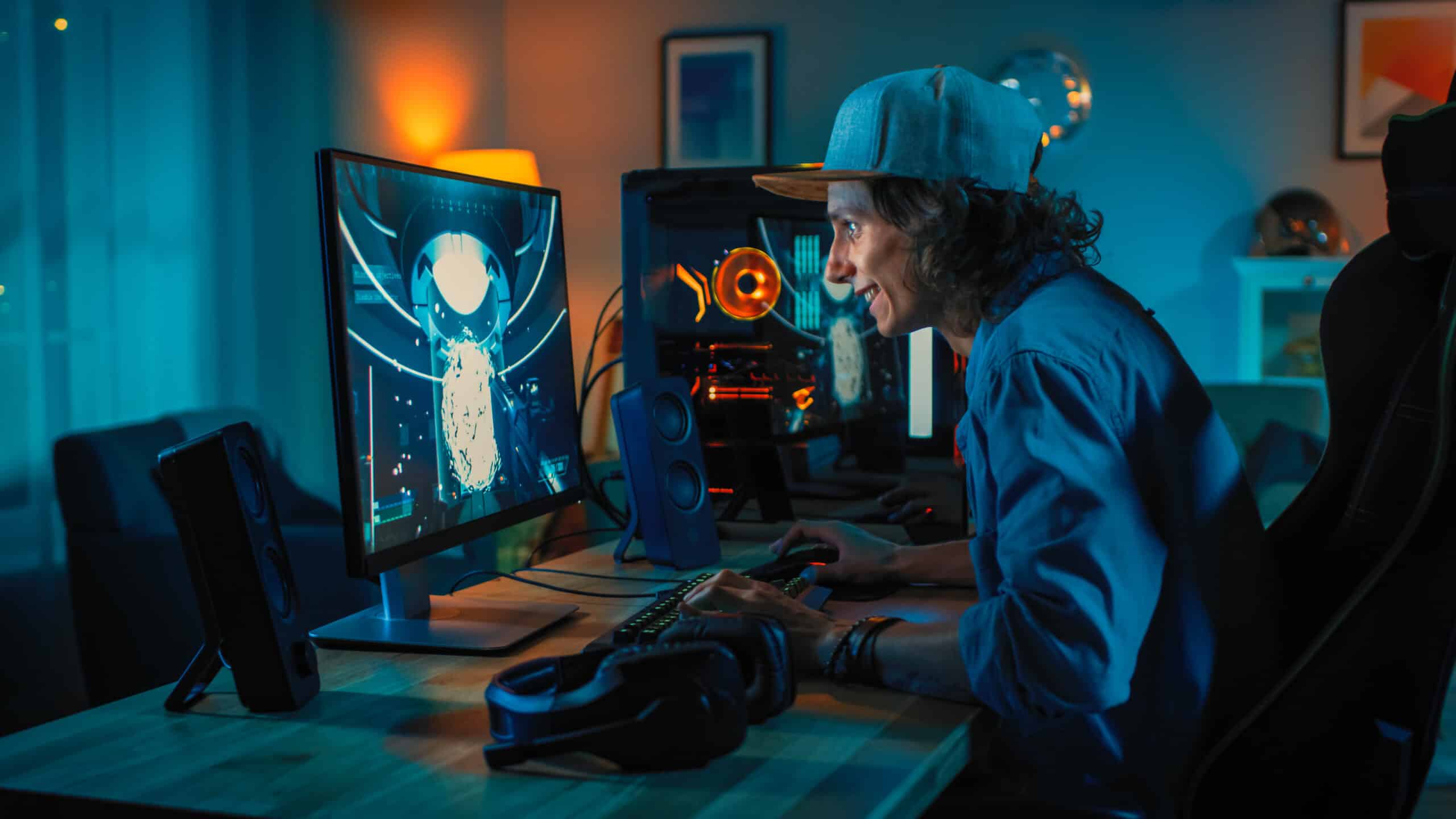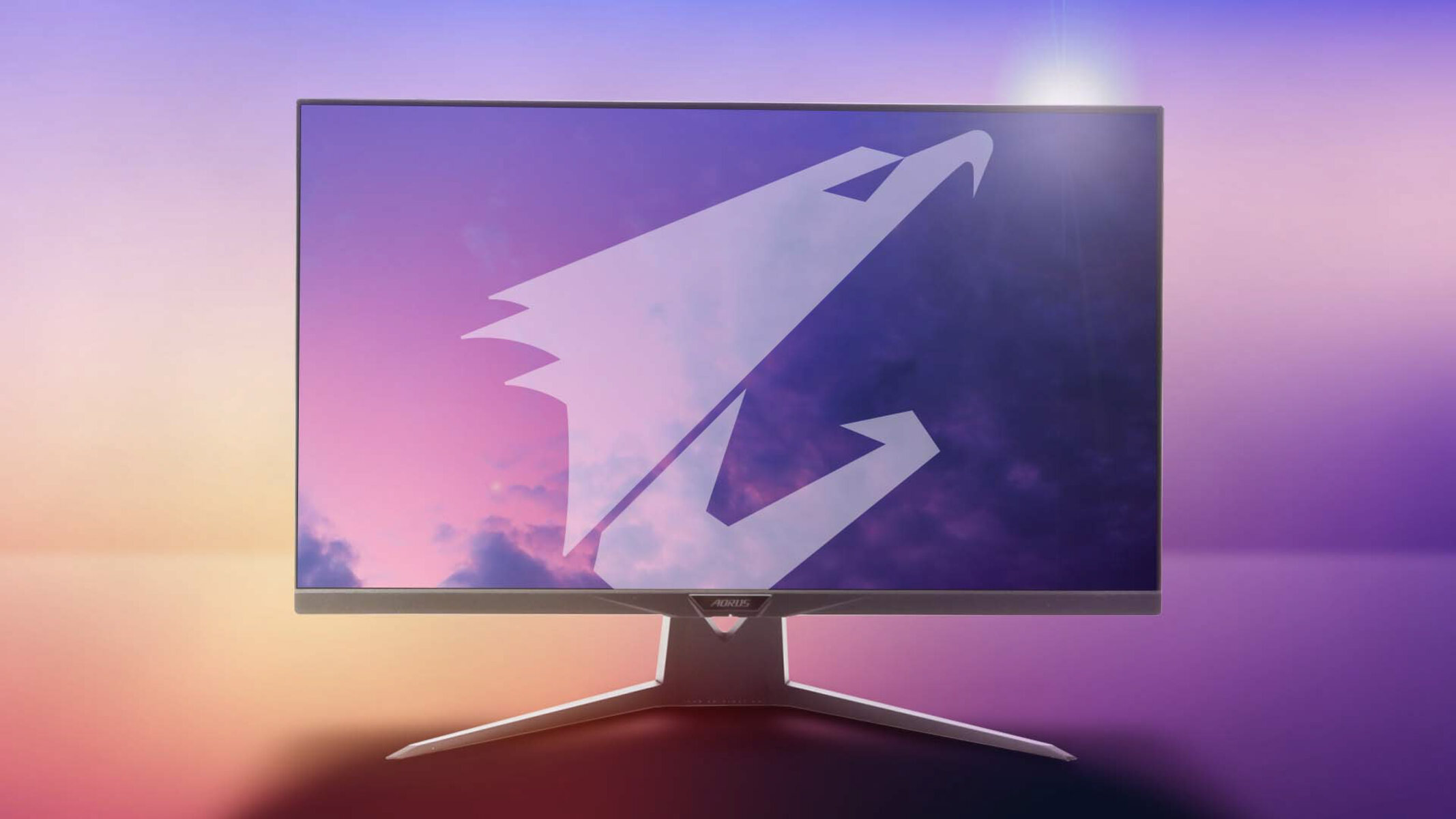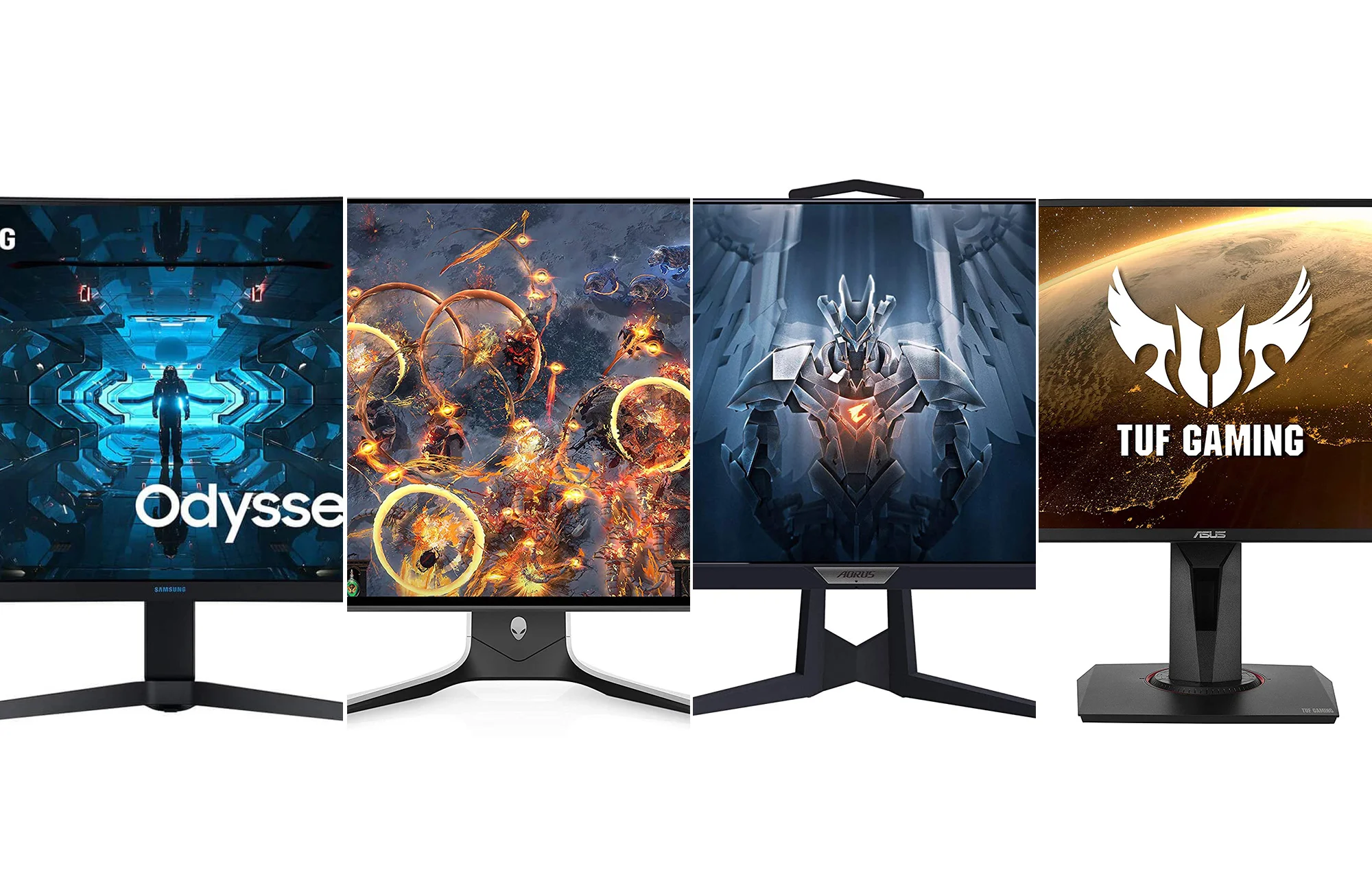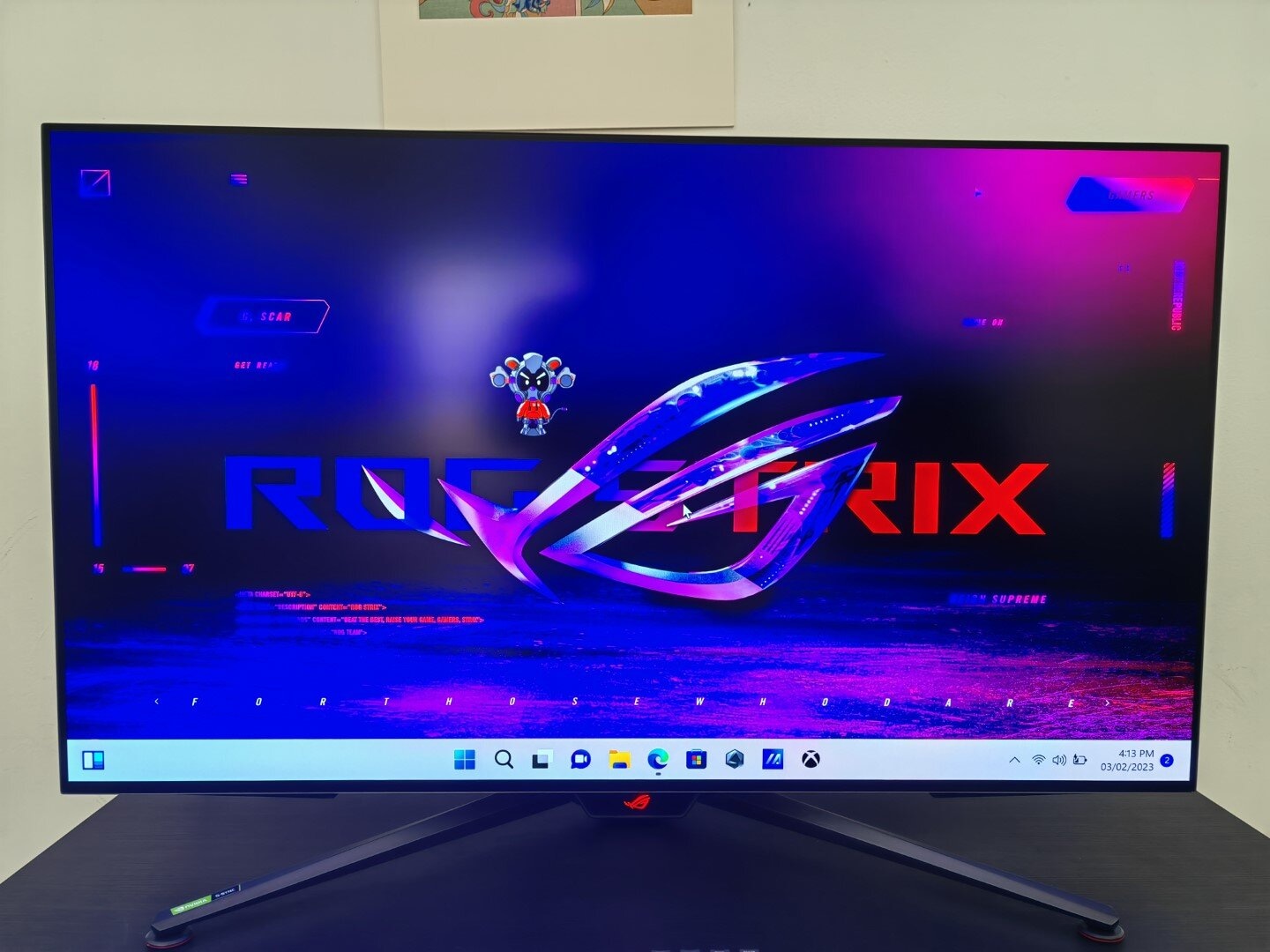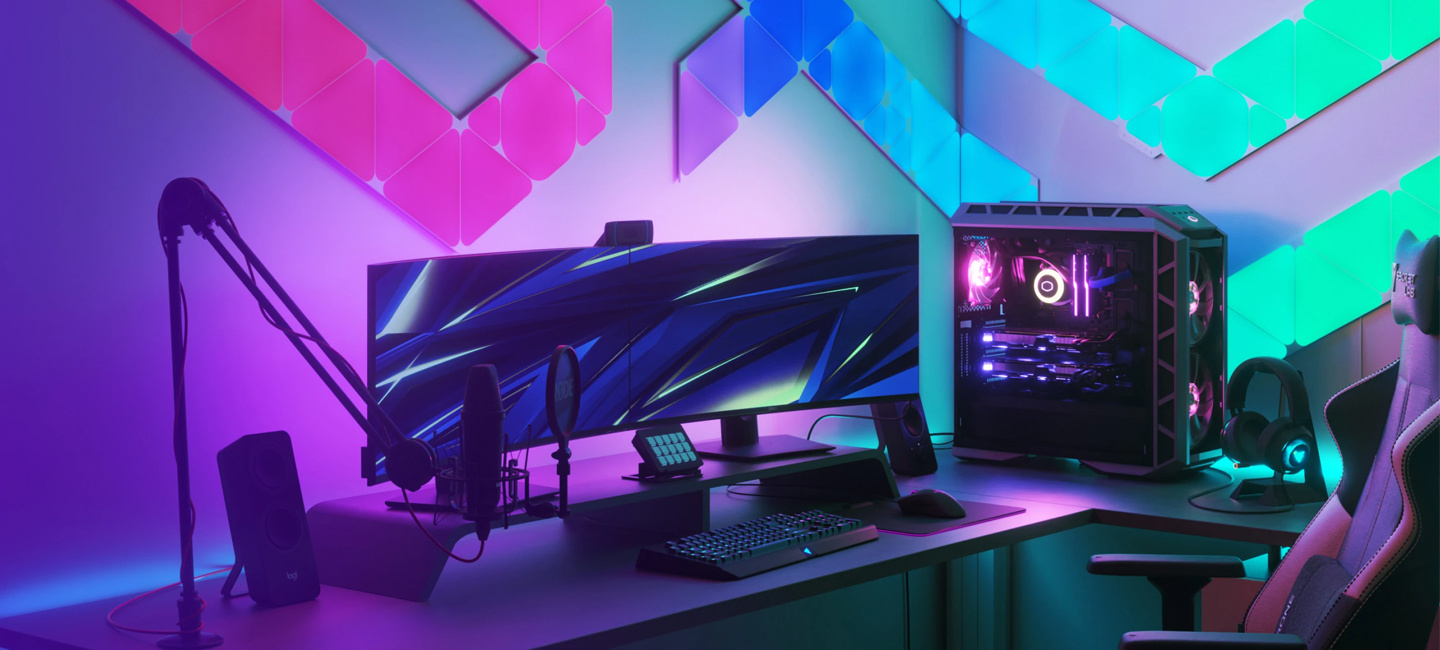Introduction
Gaming has become more than just a hobby; it’s a worldwide phenomenon that brings people together through virtual worlds and digital adventures. Whether you’re a competitive gamer or simply enjoy immersive gameplay, achieving smooth and fluid visuals is a top priority. One crucial factor in achieving this is the frame rate, often measured in frames per second (FPS).
Frames per second refers to the number of individual images or frames that a graphics card and monitor can display every second, resulting in the smoothness and responsiveness of the gaming experience. While most gamers are content with the standard 60 FPS, there is a growing demand for even higher frame rates, such as the coveted 240 FPS.
Reaching 240 FPS offers gamers the ultimate advantage by providing faster and more responsive game controls, minimizing input lag, and enhancing the overall gaming experience. This frame rate is especially desirable for competitive gaming, where split-second reactions can be the difference between victory and defeat.
However, not all graphics cards are capable of delivering 240 FPS. Achieving such high frame rates requires a powerful and efficient graphics processing unit (GPU) that can handle the demanding requirements of modern games. In this article, we will explore the factors that influence FPS, delve into the importance of 240 FPS, and discuss the graphics card requirements necessary to achieve this coveted frame rate.
Understanding Frames per Second (FPS)
Frames per second (FPS) is a measure of how many frames or images are displayed per second in a video or game. It determines the smoothness and fluidity of motion in the visuals. The higher the FPS, the more seamless and realistic the animation appears. In the gaming world, FPS plays a pivotal role in delivering a smooth and enjoyable gaming experience.
Most games and monitors are designed to run at 60 FPS, which is considered the standard for smooth gameplay. At this frame rate, the movement on the screen appears seamless to the human eye. However, as technology advances and game visuals become more sophisticated, there is an increasing demand for higher FPS to enhance the gaming experience.
When it comes to competitive gaming, especially in fast-paced genres like first-person shooters (FPS) and racing games, achieving higher FPS can provide a significant advantage. Higher FPS results in reduced input lag, allowing gamers to react quicker to in-game events and make more accurate movements. It gives players a competitive edge by creating a more responsive and fluid gameplay experience.
It is worth noting that achieving higher FPS requires a powerful graphics card and a capable monitor. The graphics card, also known as a GPU, is responsible for rendering and displaying the game’s visuals. A higher-end GPU can handle more demanding graphics processing tasks and deliver higher frame rates.
Additionally, the monitor’s refresh rate plays a crucial role in determining the maximum FPS that can be perceived. The refresh rate refers to the number of times per second the monitor updates its display. A higher refresh rate, such as 240 Hz, allows for more frames to be displayed and can fully utilize the benefits of higher FPS.
Understanding FPS is essential for gamers who want to optimize their gaming experience. By pushing the boundaries of frame rates and aiming for higher FPS, gamers can immerse themselves in the gaming world, enjoy smoother visuals, and gain a competitive edge. In the next section, we will delve into the importance of achieving 240 FPS in gaming.
Importance of 240 FPS
In the world of gaming, every millisecond counts. Whether you’re engaged in intense online multiplayer battles or exploring vast open worlds, having a high frame rate can significantly impact your gaming experience. Achieving a frame rate of 240 frames per second (FPS) holds considerable importance for gamers who seek the ultimate level of smoothness and responsiveness.
One of the main advantages of reaching 240 FPS is the reduction of input lag. Input lag refers to the delay between a player’s action and the corresponding response on the screen. With lower input lag, gamers can react faster to in-game events, enabling quicker movements and more precise actions. This can be a game-changer in competitive gaming, where split-second reactions can mean the difference between victory and defeat.
240 FPS also provides an unparalleled level of visual smoothness. With the standard 60 FPS, there can still be some noticeable motion blur, especially during fast-paced action sequences. By increasing the frame rate to 240 FPS, the motion appears incredibly fluid and eliminates most, if not all, motion blur. This results in sharper visuals, allowing gamers to track moving objects or enemies with greater ease and accuracy.
Furthermore, 240 FPS enhances the overall gaming experience by providing a more immersive feel. Games become more lifelike, with animations appearing incredibly realistic and detailed. The high frame rate ensures that movements are captured smoothly, making the entire gameplay experience more enjoyable and visually appealing.
Another advantage of 240 FPS is the reduction of screen tearing. Screen tearing occurs when the frames rendered by the graphics card do not sync perfectly with the monitor’s refresh rate, leading to visual artifacts and inconsistencies on the screen. By increasing the frame rate to 240 FPS, the chances of experiencing screen tearing are significantly reduced, resulting in a more seamless and visually pleasing gameplay experience.
It is important to note that achieving 240 FPS requires not only a powerful graphics card but also a compatible monitor with a high refresh rate. Without a monitor capable of supporting a higher frame rate, the benefits of 240 FPS may not be fully realized. However, for gamers who invest in the necessary hardware, the advantages of reaching 240 FPS are undeniable.
Overall, the importance of 240 FPS in gaming cannot be overstated. It provides gamers with a competitive edge, smoother visuals, reduced input lag, and a more immersive gameplay experience. As technology continues to advance, gamers are constantly pushing the boundaries and striving for higher frame rates to fully maximize their gaming potential.
Factors Influencing FPS
Several factors contribute to the frame rate (FPS) that your gaming setup can achieve. Understanding these factors can help you optimize your hardware and settings to achieve higher FPS and a smoother gaming experience.
1. Graphics Card (GPU): The graphics card plays a crucial role in determining the frame rate. A more powerful and advanced GPU can handle complex graphics processing tasks more efficiently, resulting in higher FPS. Invest in a high-end graphics card that meets the performance requirements of modern games to achieve optimal frame rates.
2. CPU (Processor): While the graphics card primarily handles graphics processing, the CPU also plays a role in determining FPS, especially in games that rely heavily on CPU performance, such as strategy games. A powerful multicore processor can help alleviate CPU bottlenecks and maintain smooth frame rates.
3. RAM (Memory): Sufficient RAM is essential to ensure smooth gameplay. Insufficient memory can lead to FPS drops and stutters. Aim for at least 8GB of RAM, but consider upgrading to 16GB or higher for optimal performance in memory-intensive games.
4. Monitor Refresh Rate: The refresh rate of your monitor determines the maximum FPS you can perceive. A higher refresh rate, such as 144Hz or 240Hz, allows for smoother visuals and a more immersive gaming experience. Ensure that your monitor’s refresh rate is compatible with the frame rates you wish to achieve.
5. Game Optimization and Settings: The optimization of the game itself and the graphical settings you choose also impact FPS. Lowering graphics settings, such as texture quality, anti-aliasing, and shadows, can significantly improve FPS. Experiment with different settings to find a balance between visuals and performance that suits your preferences.
6. Driver Updates: Keeping your graphics card drivers up to date is crucial for optimal performance. Graphics card manufacturers regularly release driver updates that include bug fixes and optimizations for specific games. Ensure you regularly check for and install the latest driver updates to maximize FPS.
7. System Cooling: Overheating can cause performance issues and affect FPS. Ensure your system has adequate cooling, including proper ventilation, fans, and possibly even liquid cooling solutions. Cooler temperatures can help maintain optimal performance and prevent throttling that can lead to FPS drops.
By considering and optimizing these factors, you can enhance the FPS your gaming setup can achieve. Remember that achieving higher frame rates may require upgrading hardware components, ensuring they are compatible with one another, and fine-tuning game settings.
Graphics Card Requirements for 240 FPS
Reaching a frame rate of 240 frames per second (FPS) requires a powerful and capable graphics card. Not all graphics cards are able to handle the demanding requirements of delivering such high frame rates consistently. Here are the key factors to consider when selecting a graphics card for 240 FPS gaming:
1. GPU Performance: Look for a graphics card with high GPU performance to handle the intense graphical processing required for 240 FPS gaming. Opt for a card from the latest generation with sufficient CUDA cores or stream processors, higher clock speeds, and ample VRAM (Video RAM) capacity. A high-end GPU like Nvidia’s GeForce RTX series or AMD’s Radeon RX series is recommended for achieving optimal frame rates.
2. GDDR6 Memory: The type and amount of memory on a graphics card are crucial for achieving high frame rates. Look for a graphics card equipped with GDDR6 memory, which offers faster data transmission and can keep up with the demands of modern games. Aim for a card with at least 8GB or more of GDDR6 memory for smoother gameplay at 240 FPS.
3. Memory Bandwidth: Consider the memory bandwidth of the graphics card. A higher memory bandwidth allows for faster data transfer between the GPU and memory, improving overall performance. Look for a graphics card with a wider memory bus and higher memory clock speeds to ensure sufficient bandwidth for handling the demands of 240 FPS gaming.
4. DirectX and Vulkan Support: Ensure that the graphics card supports the latest graphics APIs, such as DirectX and Vulkan. These APIs provide developers with low-level access to the GPU, enabling better utilization of hardware resources and potentially improving performance in games that utilize these APIs.
5. Power Requirements: Consider the power requirements of the graphics card to ensure your power supply is sufficient. Higher-end graphics cards typically require more power, so make sure your power supply can handle the wattage required by the chosen GPU. Insufficient power supply can result in stability issues and lower performance.
6. Monitor Compatibility: Ensure that your monitor supports a high refresh rate, such as 240Hz, to fully utilize the benefits of a 240 FPS-capable graphics card. Pairing a powerful graphics card with a compatible high-refresh-rate monitor allows you to experience the smoothness and responsiveness of 240 FPS gaming.
It’s important to note that achieving 240 FPS consistently in all games may not be possible with every graphics card, as it also depends on factors like game optimization, resolution, and graphics settings. However, a high-performance graphics card meeting the requirements mentioned above will certainly maximize your chances of reaching 240 FPS in many games.
Best Graphics Cards for 240 FPS Gaming
When it comes to achieving a frame rate of 240 frames per second (FPS) in gaming, selecting the right graphics card is crucial. To help you make an informed decision, here are some of the best graphics cards currently available that can handle the demanding requirements of 240 FPS gaming:
1. Nvidia GeForce RTX 3090: The Nvidia GeForce RTX 3090 is an absolute powerhouse when it comes to gaming performance. With its 24GB of GDDR6X memory, 10,496 CUDA cores, and impressive memory bandwidth, this graphics card can handle the most demanding games at 240 FPS or even higher. The RTX 3090 is an excellent choice for gamers who want the best of the best in terms of performance.
2. Nvidia GeForce RTX 3080: The Nvidia GeForce RTX 3080 is another high-performance graphics card that can handle 240 FPS gaming with ease. With its 10GB of GDDR6X memory and 8,704 CUDA cores, the RTX 3080 delivers outstanding performance in both 1080p and 1440p resolutions. It is a popular choice among gamers looking to achieve high frame rates without breaking the bank.
3. AMD Radeon RX 6900 XT: The AMD Radeon RX 6900 XT is AMD’s flagship graphics card, offering stellar gaming performance. With 16GB of GDDR6 memory and 5,120 stream processors, this graphics card is well-suited for 240 FPS gaming. The Radeon RX 6900 XT performs exceptionally well in both 1080p and 1440p resolutions, making it a solid choice for gamers seeking high frame rates.
4. Nvidia GeForce RTX 3070: The Nvidia GeForce RTX 3070 is a more affordable option compared to its higher-end counterparts but still delivers impressive performance. With its 8GB of GDDR6 memory and 5,888 CUDA cores, the RTX 3070 can handle 240 FPS gaming in most titles at 1080p resolution. It provides excellent value for gamers who want smooth and responsive gameplay without breaking the bank.
5. AMD Radeon RX 6800 XT: The AMD Radeon RX 6800 XT is another powerful graphics card from AMD’s latest lineup. With 16GB of GDDR6 memory and 4,608 stream processors, the RX 6800 XT offers excellent performance for 240 FPS gaming. Its competitive pricing and impressive performance make it a great choice for gamers looking to achieve high frame rates without compromising on quality.
These graphics cards represent some of the best options available for achieving smooth and fluid gameplay at 240 FPS. However, it is important to consider factors such as your budget, monitor resolution, and specific game requirements when making your final decision. Choose a graphics card that aligns with your needs and gaming preferences to ensure an optimal 240 FPS gaming experience.
Conclusion
Achieving a frame rate of 240 frames per second (FPS) in gaming is a goal for many gamers who seek the ultimate smoothness and responsiveness in their gameplay. The importance of 240 FPS cannot be overstated, especially in competitive gaming where every millisecond counts. Higher frame rates offer reduced input lag, sharper visuals, and a more immersive gaming experience.
To reach 240 FPS, it is crucial to consider several factors. The graphics card plays a central role, and opting for a high-performance GPU with sufficient memory and advanced features is essential. Additionally, factors such as CPU, RAM, monitor refresh rate, and game optimization should be taken into account to ensure optimal performance.
The Nvidia GeForce RTX 3090, Nvidia GeForce RTX 3080, AMD Radeon RX 6900 XT, Nvidia GeForce RTX 3070, and AMD Radeon RX 6800 XT are among the best graphics cards for achieving 240 FPS gaming. These cards offer impressive performance, sufficient memory, and advanced features that make them ideal for smooth and immersive gaming at higher frame rates.
However, it’s important to note that achieving a consistent 240 FPS in all games may not be possible in every scenario. Factors such as game optimization, resolution settings, and the specific demands of individual games can impact FPS. It is crucial to fine-tune settings, ensure compatibility, and consider hardware limitations when aiming for 240 FPS.
In conclusion, 240 FPS gaming offers substantial benefits, enhancing both the visual and competitive aspects of gaming. By selecting a powerful and compatible graphics card, optimizing game settings, and considering other hardware components, gamers can unlock the full potential of 240 FPS, providing them with smoother gameplay and a significant advantage in the gaming arena.







